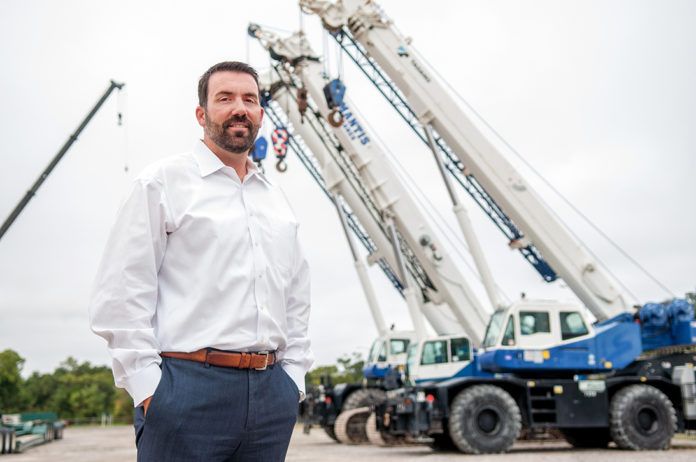There’s a certain vagueness in a new Occupational Safety and Health Administration rule that outlines requirements for crane operators, but one thing is clear: the April 15 deadline for employers to evaluate their operators and produce the associated documentation has long passed.
That’s worrisome, says Larry Kime, senior technical adviser for the Crane Inspection & Certification Bureau, as many contractors remain unaware of the latest rule. The Orlando-based Kime spoke this fall at the Louisiana Gulf Coast Oil Exposition in New Orleans. “People just don’t know that this is happening, and they’re finding out the hard way that simply having an NCCCO (National Commission for the Certification of Crane Operators) card is not good enough anymore.”
The long-awaited rule introduced several significant changes that directly impact the estimated 117,130 crane operators employed in the U.S. According to OSHA’s 2018 Cranes and Derricks in Construction Standard at 29 CFR 1926 Subpart CC, employers must now evaluate their operators specific to the crane type they will be operating, even after they’ve been trained and certified by an accredited testing body.
Considering the fact that crane operators commonly work as subcontractors and frequently transition between jobs, OSHA feels that permanently establishing the employer’s obligation to evaluate operator competency is critical to ensuring safe equipment operations.
Perhaps equally important: Contractors must now maintain documentation of the evaluations on-site for as long as the respective operator is employed. “In effect, contractors are not only responsible for supplying good equipment, but trained and qualified personnel to use them,” Kime says. “They have to prove that their employees can do what they’re supposed to do. It just formalizes that process.”
Meanwhile, OSHA field agents have begun actively checking for the documentation during site visits.



